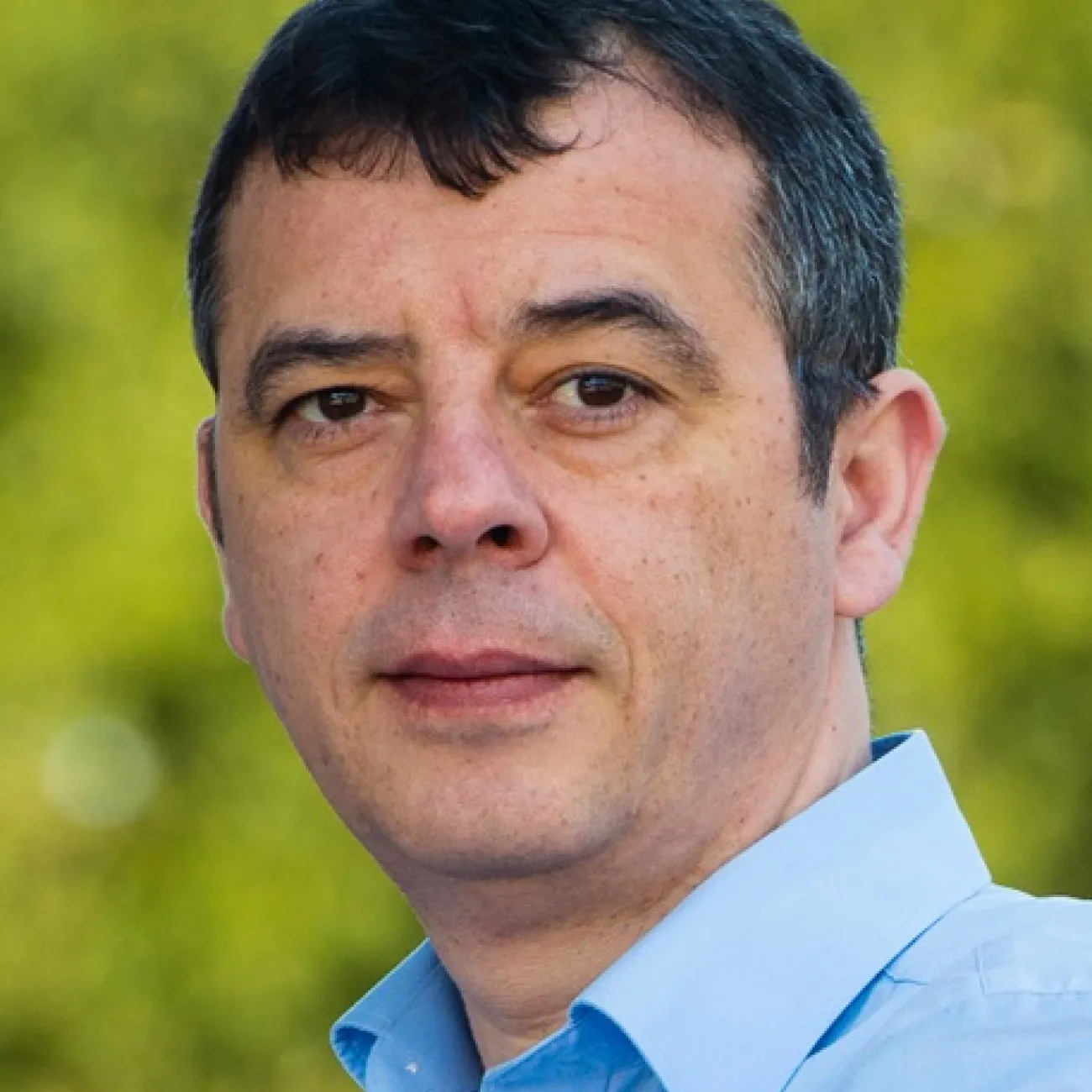About
Marian Florescu is a Professor with Optoelectronics Research Centre at the University of Southampton.
You can update this in Pure (opens in a new tab). Select ‘Edit profile’. Under the heading and then ‘Curriculum and research description’, select ‘Add profile information’. In the dropdown menu, select - ‘About’.
Write about yourself in the third person. Aim for 100 to 150 words covering the main points about who you are and what you currently do. Clear, simple language is best. You can include specialist or technical terms.
You’ll be able to add details about your research, publications, career and academic history to other sections of your staff profile.
Research
Research interests
- Micro- and nano-photonics
- Open quantum systems
- Nano-electronics and spintronics
Current research
Micro- and Nano-Photonics
- Fundamentals and applications of non-crystallographic photonic structures
- Thermal radiation in nano-structured photonic materials; thermal management and thermophotovoltaic energy conversion
- Light guiding and confinement in hepruniform disordered structures, photonic integated micro-circuitry on silicon photonics platforms
- Quantum nonlinear optics and all-optical information processing in micro-structured photonic materials
- Physics of structural colors in biophotonic nanostructures
Open Quantum Systems
- Non-Markovian Quantum Dynamics
- Cavity-mediated entanglement of photonic and electronic excitations
- Quantum Non-Linear Effects
- Quantum memory and loss quenching in quantum information systems
Nano-electronics and Spintronics
- Temperature insensitive semiconductor materials: electronic structure and loss mechanisms in dilute bismide and nitride alloys
- Hyperuniform disordered 2D and 3D electronic systems: amorphous graphene and silicon models
You can update the information for this section in Pure (opens in a new tab).
Research groups
Any research groups you belong to will automatically appear on your profile. Speak to your line manager if these are incorrect. Please do not raise a ticket in Ask HR.
Research interests
Add up to 5 research interests. The first 3 will appear in your staff profile next to your name. The full list will appear on your research page. Keep these brief and focus on the keywords people may use when searching for your work. Use a different line for each one.
In Pure (opens in a new tab), select ‘Edit profile’. Under the heading 'Curriculum and research description', select 'Add profile information'. In the dropdown menu, select 'Research interests: use separate lines'.
Current research
Update this in Pure (opens in a new tab). Select ‘Edit profile’ and then ‘Curriculum and research description - Current research’.
Describe your current research in 100 to 200 words. Write in the third person. Include broad key terms to help people discover your work, for example, “sustainability” or “fashion textiles”.
Research projects
Research Council funded projects will automatically appear here. The active project name is taken from the finance system.
Publications
Pagination
- 1
- 2
- 3
- 4
- 5
- …
-
Next page
Next
Public outputs that list you as an author will appear here, once they’re validated by the ePrints Team. If you’re missing any outputs that you’ve added to Pure, they may be waiting for validation.
Supervision
Current PhD Students
Contact your Faculty Operating Service team to update PhD students you supervise and any you’ve previously supervised. Making this information available will help potential PhD applicants to find you.
Teaching
A short description of your teaching interests and responsibilities.
This section will only display on your public profile if you’ve added content.
You can update your teaching description in Pure (opens in a new tab). Select ‘Edit profile’. Under the heading and then ‘Curriculum and research description’ , select ‘Add profile information’. In the dropdown menu, select – ‘Teaching Interests’. Describe your teaching interests and your current responsibilities. Aim for 200 words maximum.
Courses and modules
Contact the Curriculum and Quality Assurance (CQA) team for your faculty to update this section.
External roles and responsibilities
These are the public-facing activities you’d like people to know about.
This section will only display on your public profile if you’ve added content.
You can update your external roles and responsibilities in Pure (opens in a new tab). Select ‘+ Add content’ and then ‘Activity’, your ‘Personal’ tab and then ‘Activities’. Choose which activities you want to show on your public profile.
You can hide activities from your public profile. Set the visibility as 'Backend' to only show this information within Pure, or 'Confidential' to make it visible only to you.
Biography
Marian Florescu graduated from the University of Bucharest with a BSc in Physics and then obtained his PhD in Theoretical Quantum Optics at the University of Toronto. He was a Research Scholar and Lecturer at Princeton University, a National Research Council Research Associate at NASA Jet Propulsion Laboratory and a Professor with the Advanced Technology Institute and the Physics Department at the Univeristy of Surrey. Since 2024, he leads the Theoretical Nanophotonics and Quantum Optics group in the Optoelectronics Research Centre at Southampton.
His current activities are focused on the physics and applications of non-crystallographic photonic band gap materials, thermal radiation control in photonic materials and quantum optics in structured photonic reservoirs.
You can update your biography section in Pure (opens in a new tab). Select your ‘Personal’ tab then ‘Edit profile’. Under the heading, and ‘Curriculum and research description’, select ‘Add profile information’. In the dropdown menu, select - ‘Biography’. Aim for no more than 400 words.
This section will only appear if you enter the information into Pure (opens in a new tab).
Prizes
You can update this section in Pure (opens in a new tab). Select ‘+Add content’ and then ‘Prize’. using the ‘Prizes’ section.
You can choose to hide prizes from your public profile. Set the visibility as ‘Backend’ to only show this information within Pure, or ‘Confidential’ to make it visible only to you.
